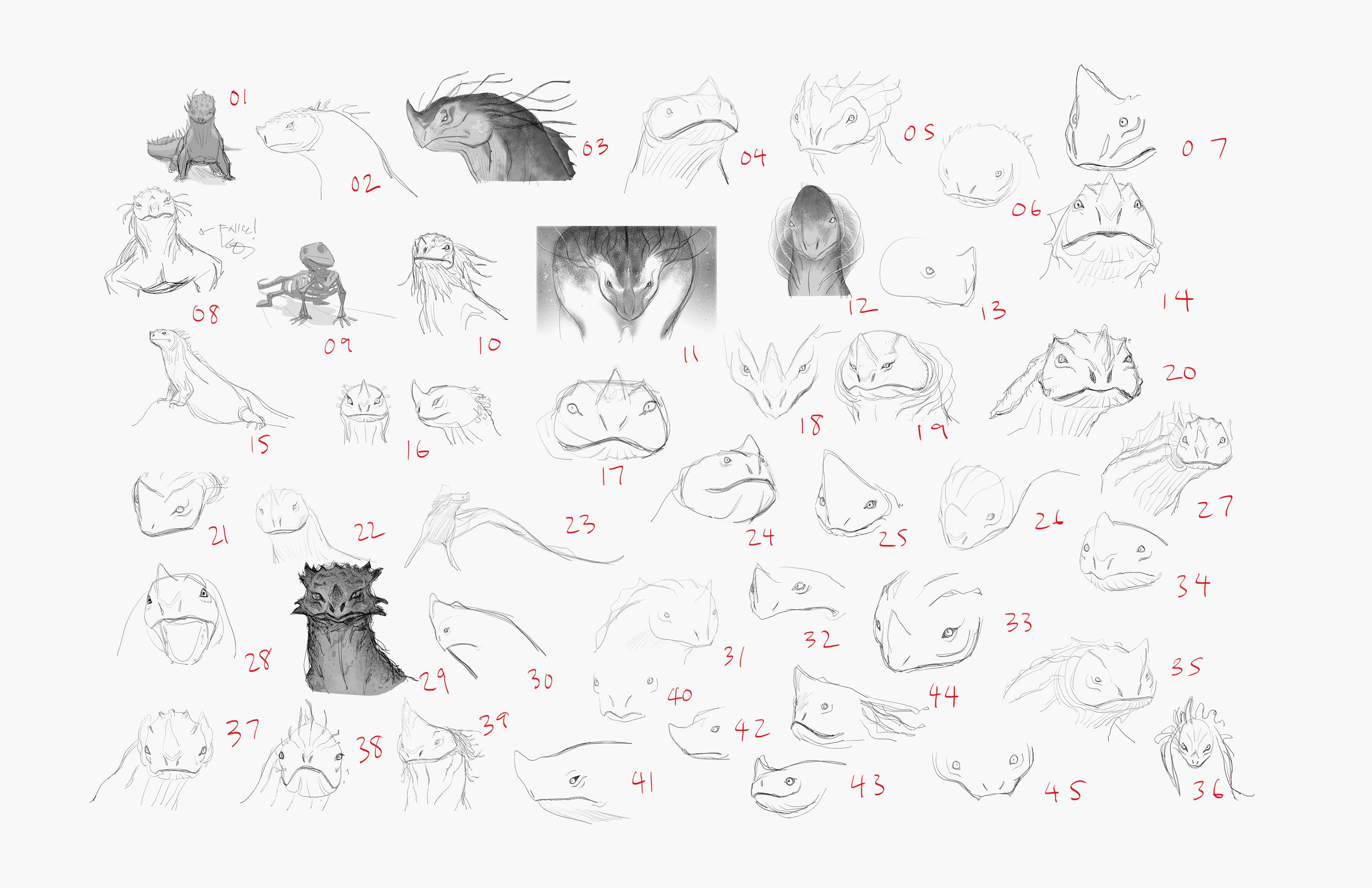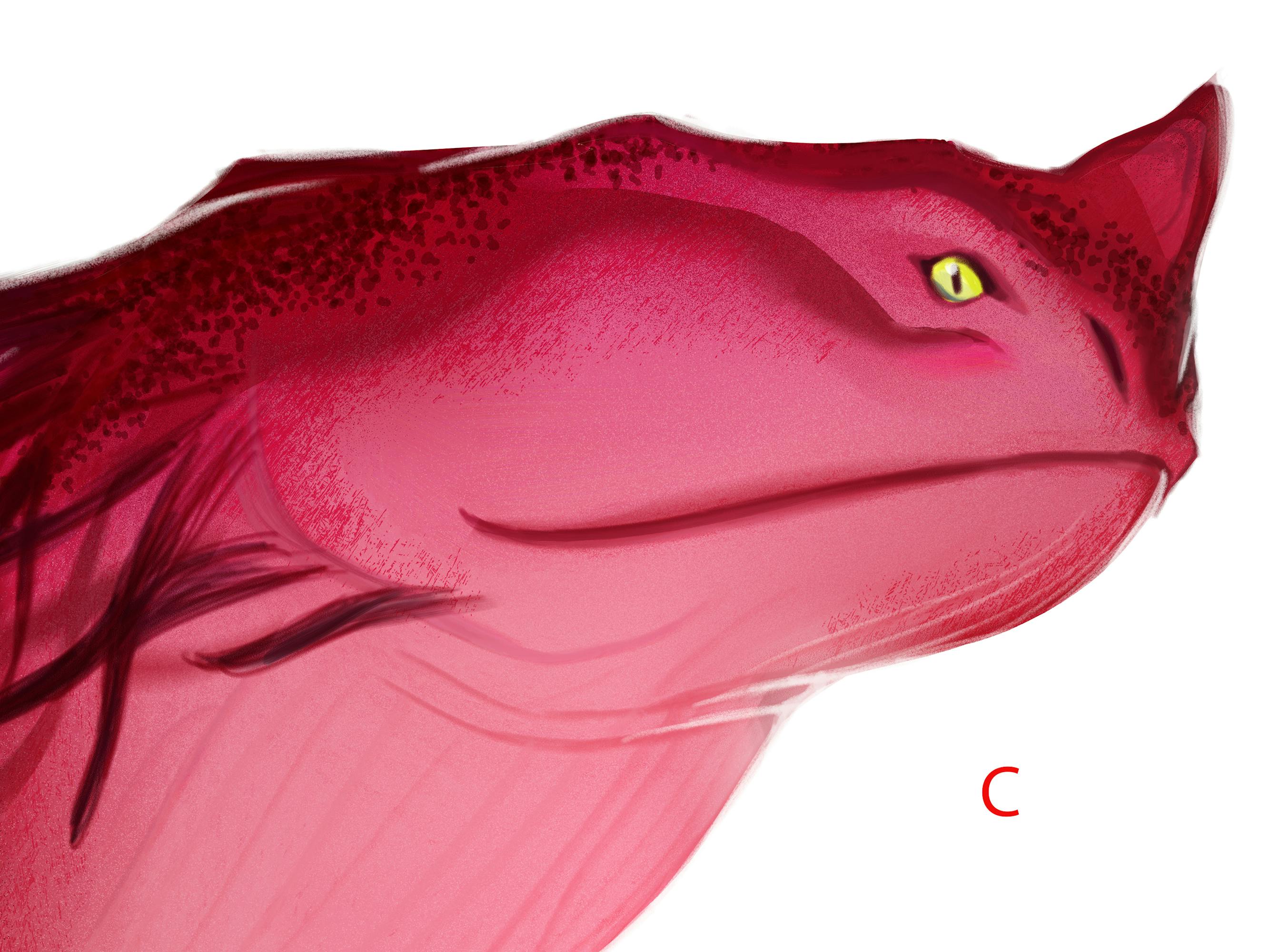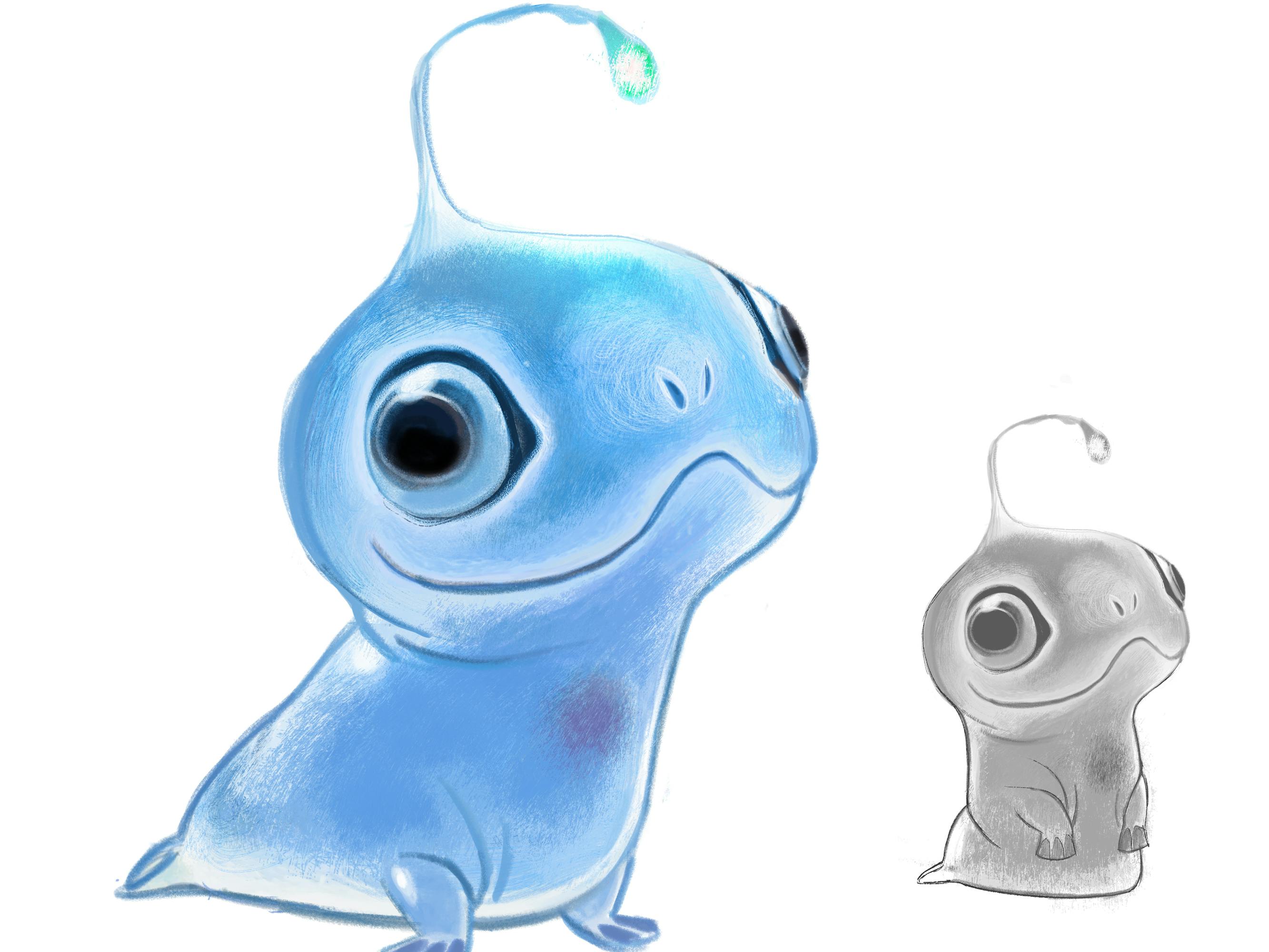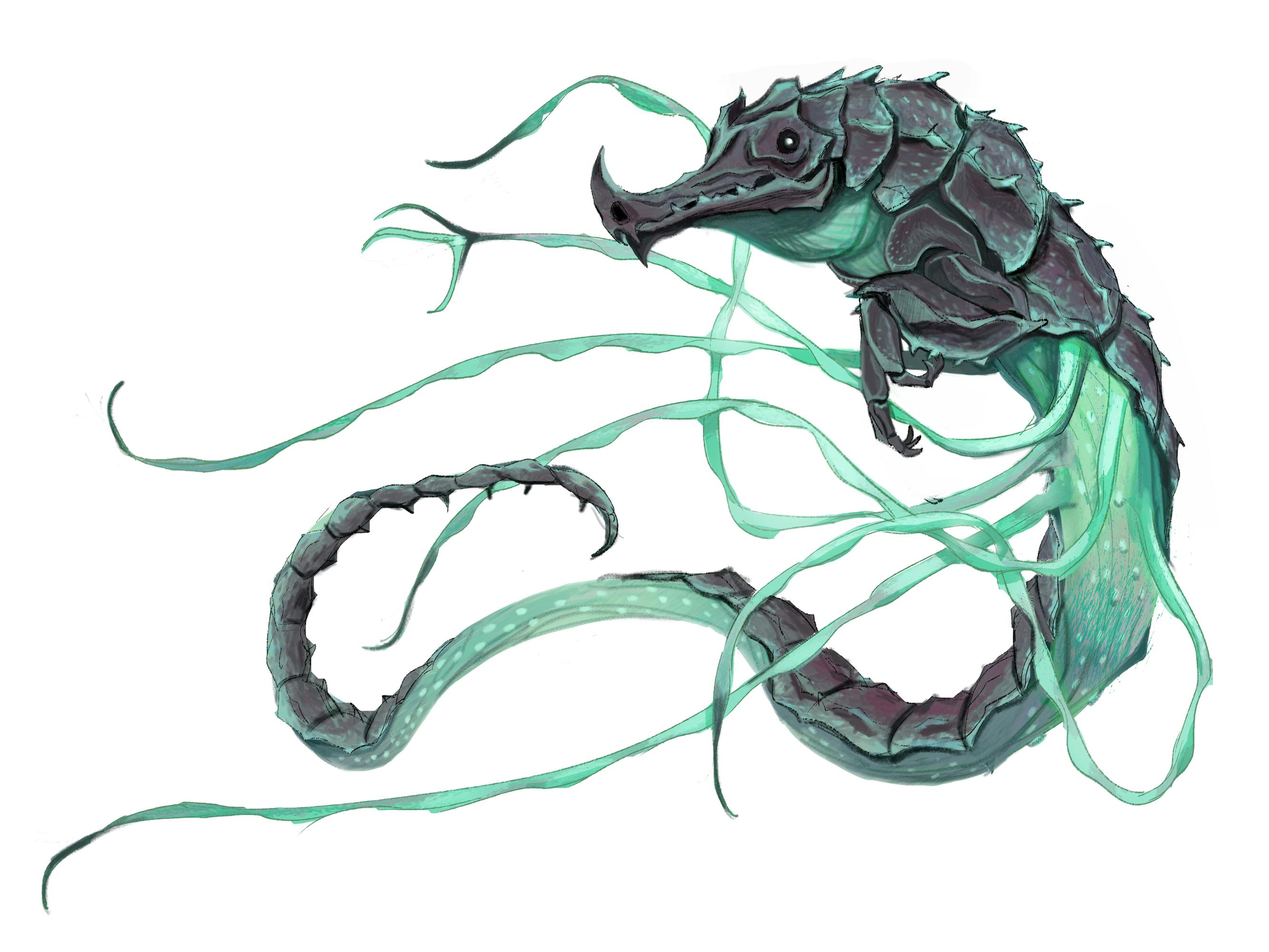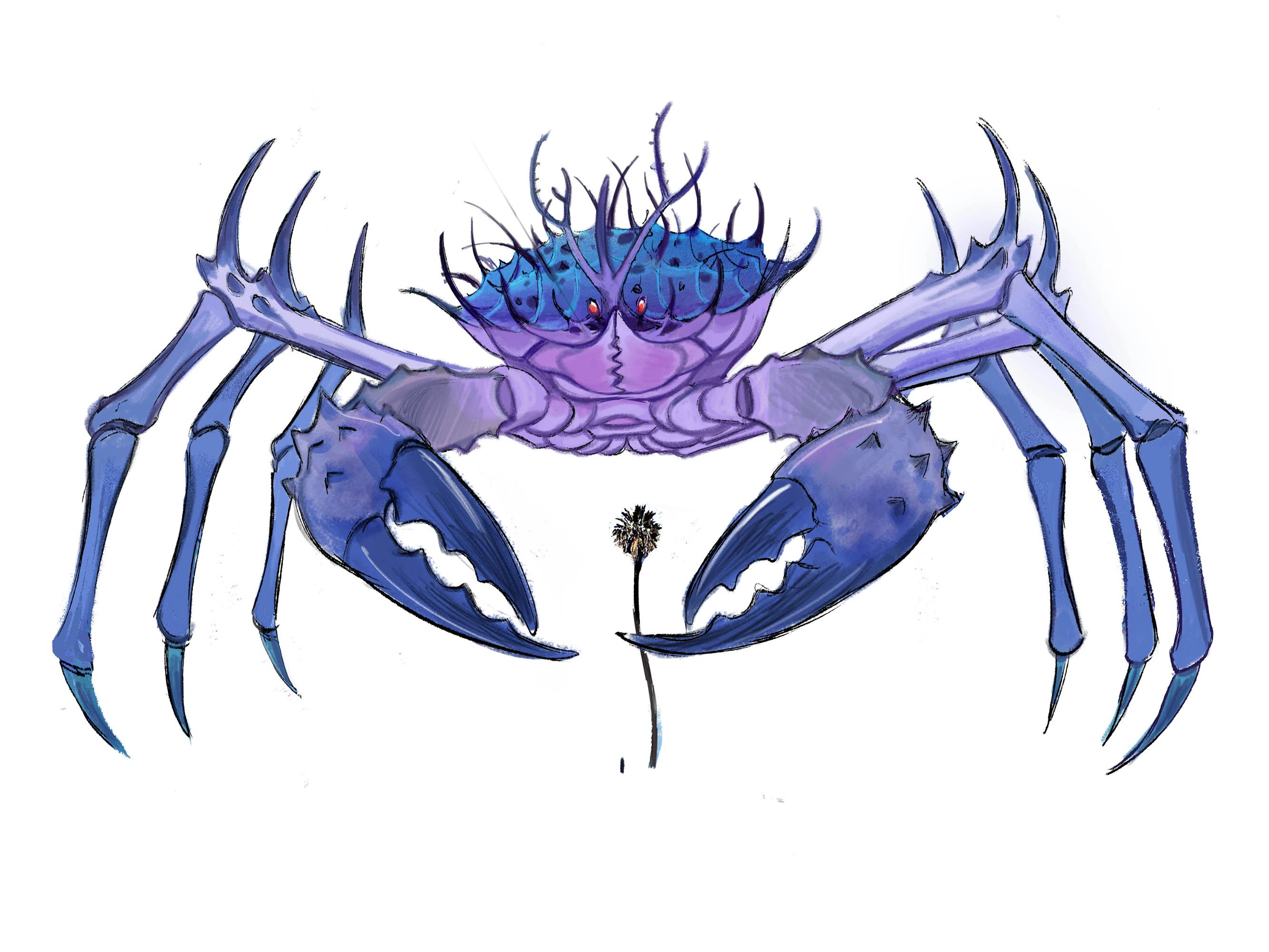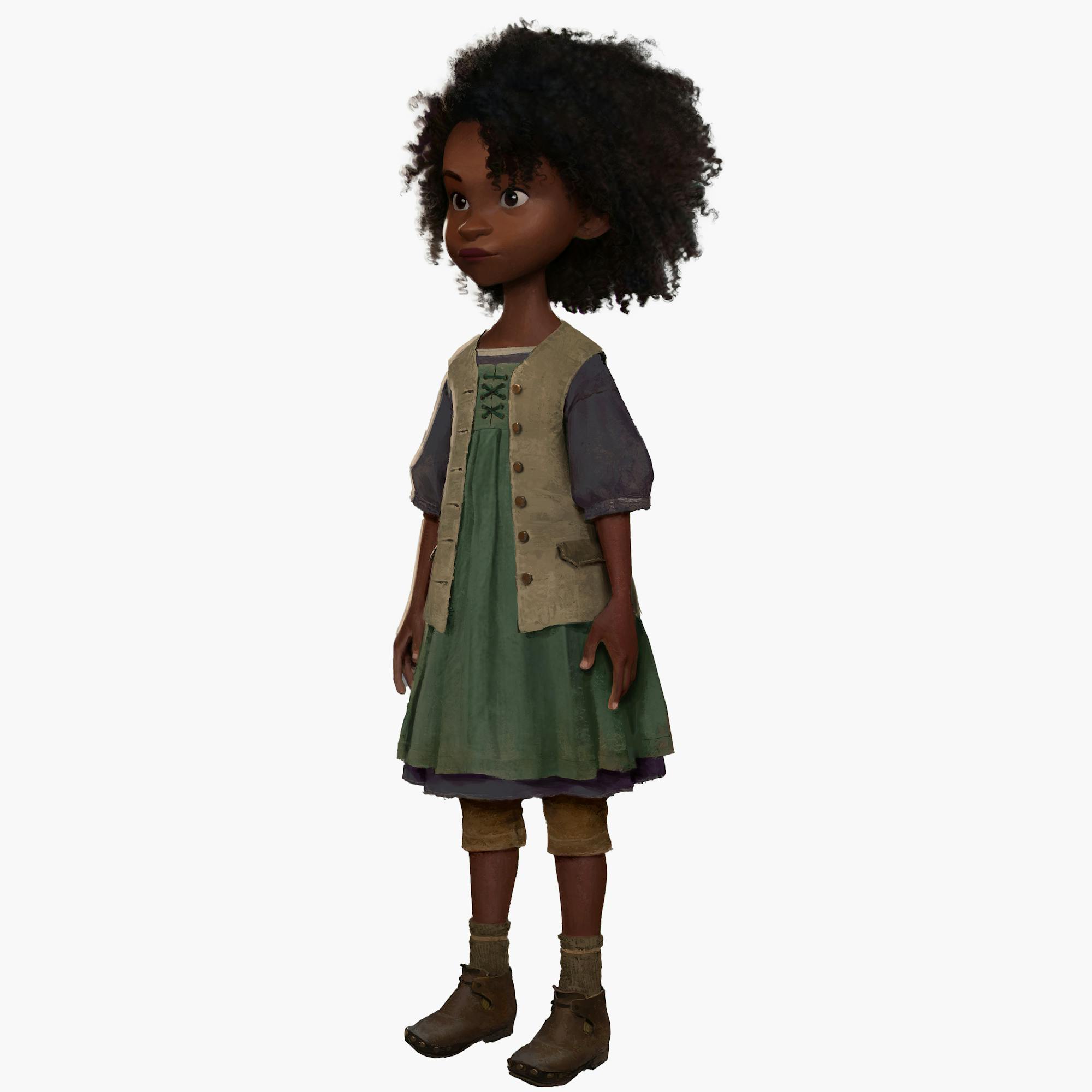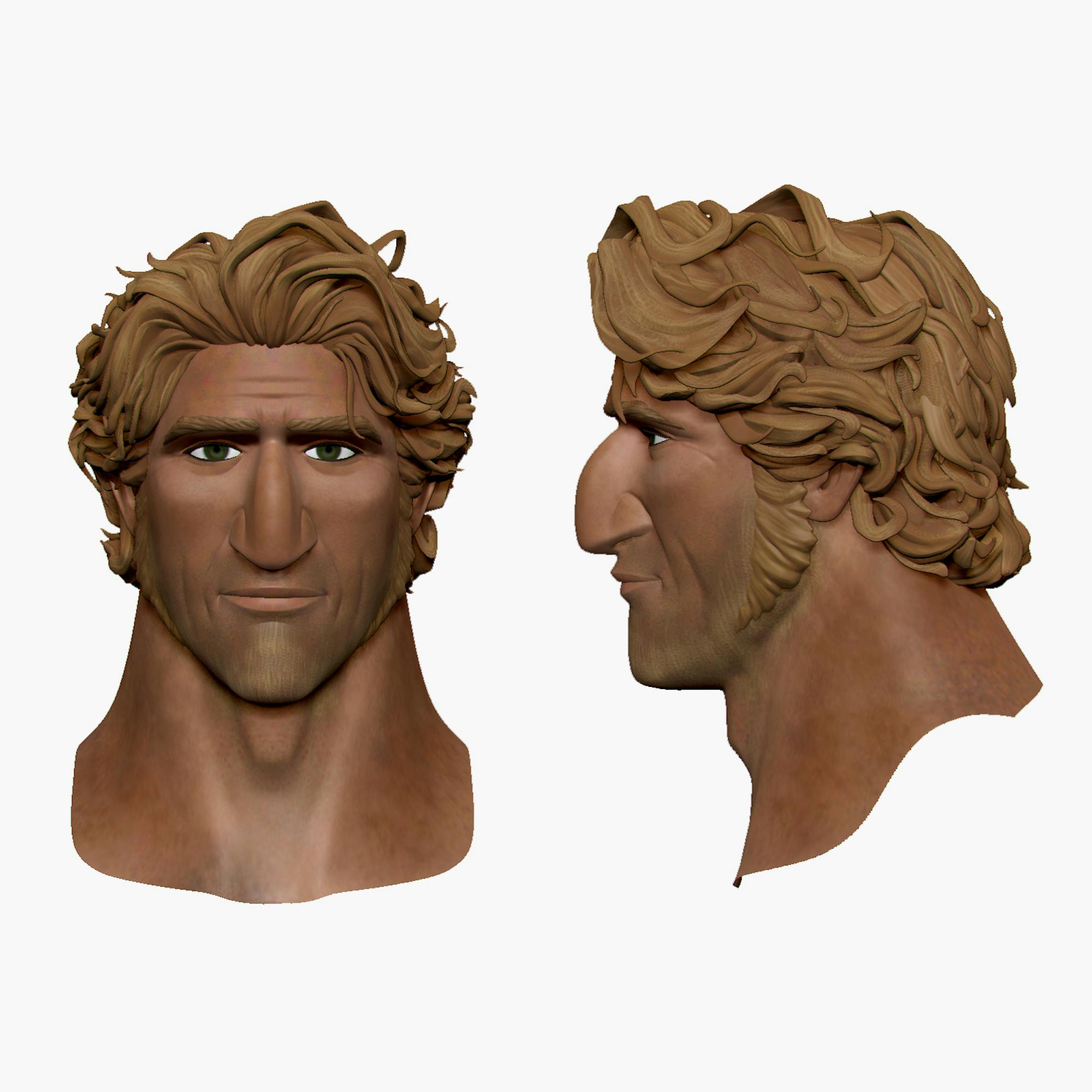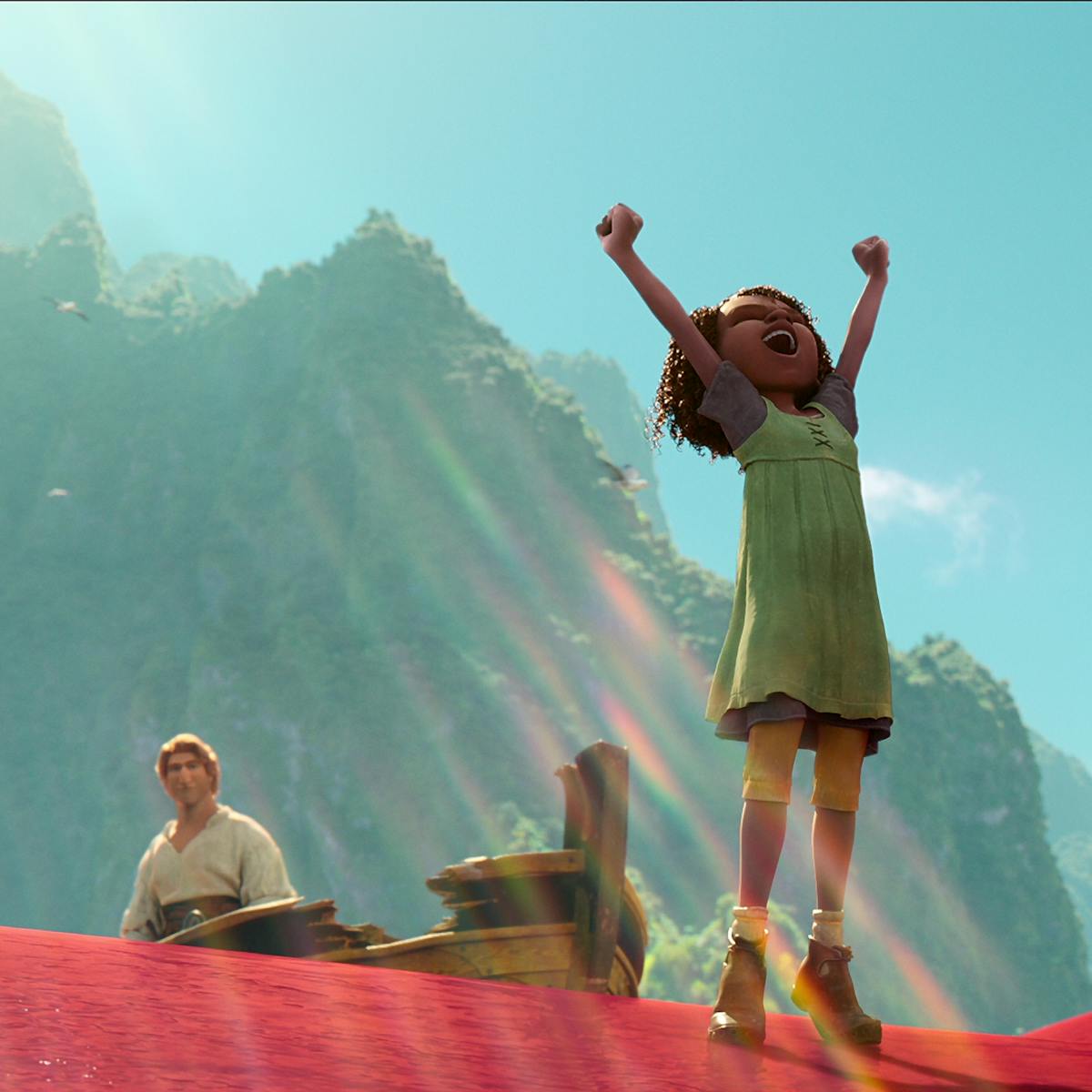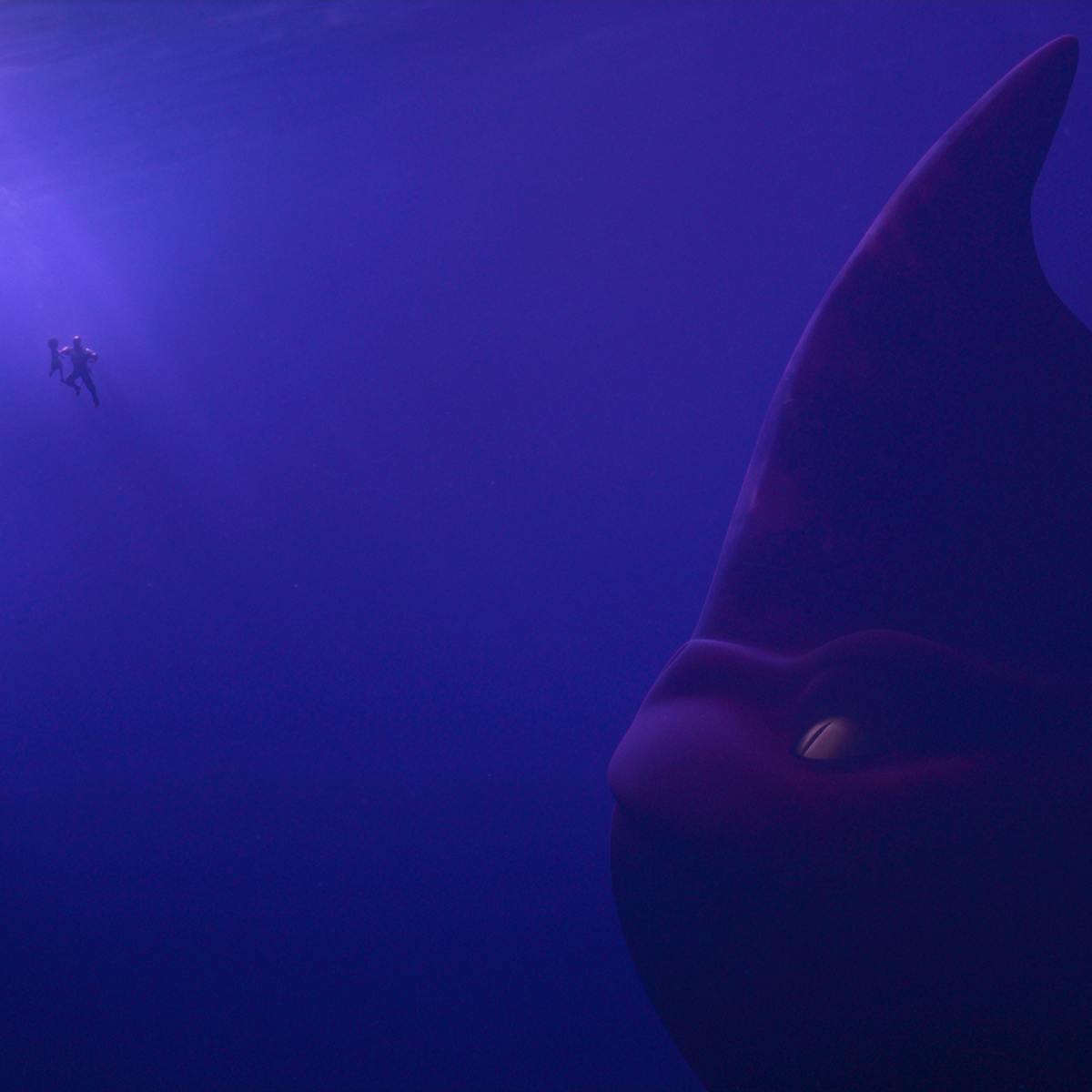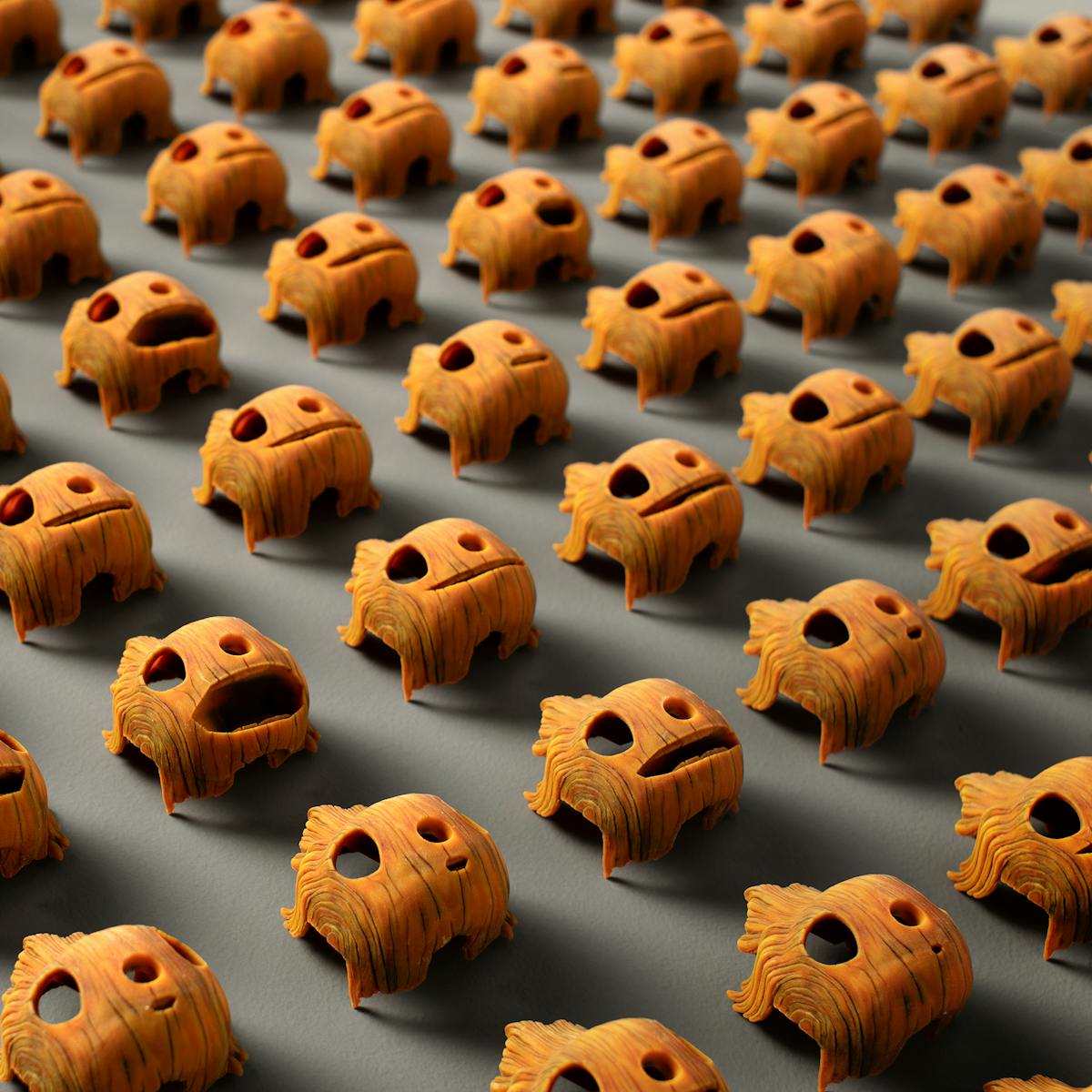How Chris Williams turned a dream into a hit adventure at sea.
When Chris Williams left Disney after almost 25 years of creating films like Moana, Big Hero 6, and Bolt, he wanted a challenge and the chance to bring the action-adventures he loved as a kid, films like Raiders of the Lost Ark and Star Wars, to the realm of animation. The result is The Sea Beast, an animated summer blockbuster with big action, bigger ideas, and the biggest of characters. Along with the film’s protagonists, tiny-but-fearless orphan Maisie Brumble (Zaris-Angel Hator) and burly sea monster hunter Jacob Holland (Karl Urban), The Sea Beast also stars Red Bluster, a gigantic, uni-horned sea creature that’s eluded capture for decades. While Jacob pursues Red in classic hero fashion, Maisie notices something worth saving.
Director Chris Williams talked to Queue about the process of making The Sea Beast, from initial sketches all the way to its high-seas swashbuckling and (mostly) fearsome monsters.
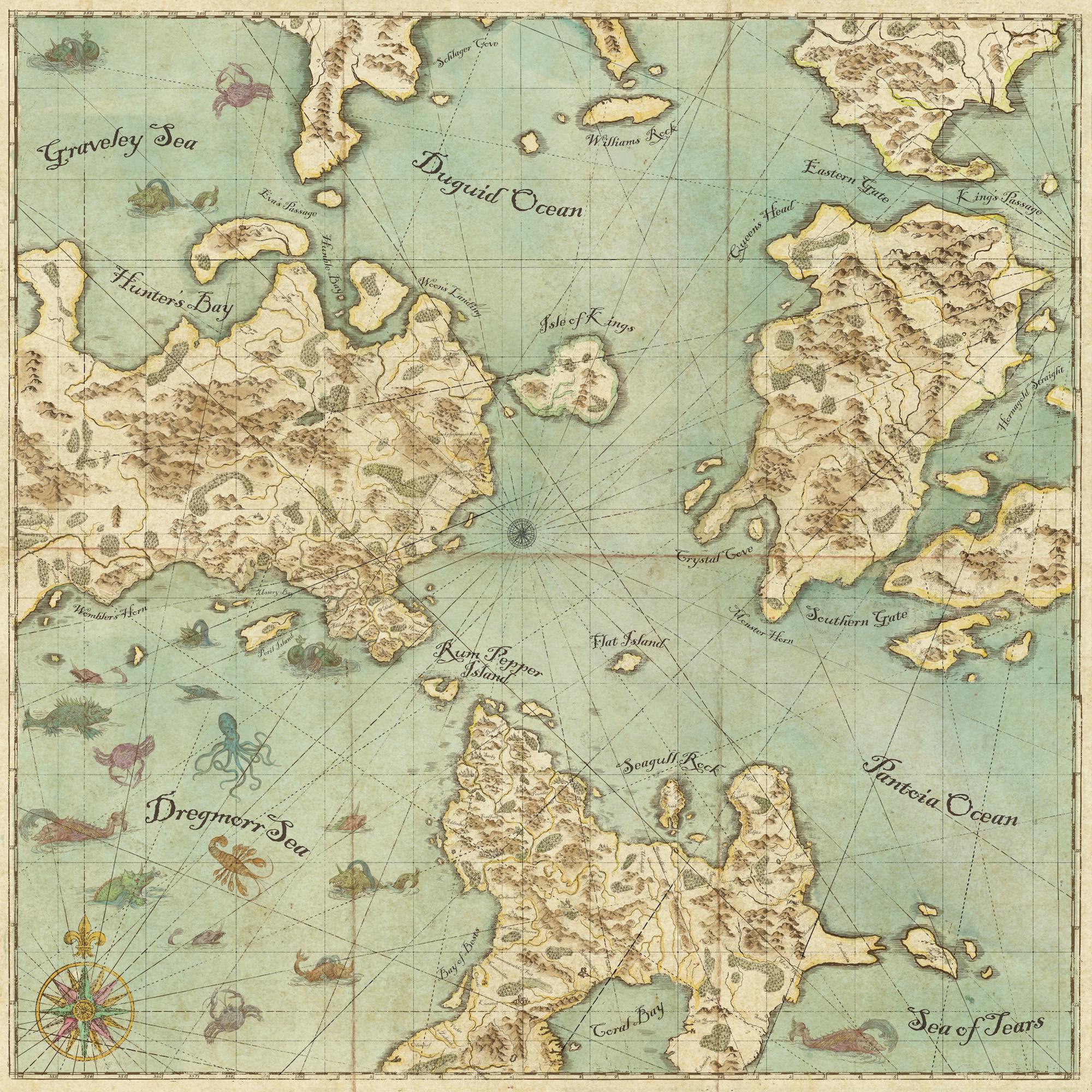
IT'S ALL ABOUT THE RESEARCH
From the beginning, Chris Williams was inspired by the look of old maps populated by monsters, which led to a story about pirate-like hunters chasing sea creatures. In designing a world where humans coexist with skyscraper-sized beasts, one word was key: immersion. “I wanted people to really get lost in this world,” Williams explained, with films like Blade Runner and The Lord of the Rings becoming reference points. “You always get a sense that the world exists beyond the story being told.” So, Williams and his team found a visual style that avoided a cartoonish look, which made the animation feel real and gave the adventure a true sense of peril.
A film called The Sea Beast deserves some spectacular sea creatures, and thankfully this one has plenty. From a towering purple crustacean to the adorable, bouncy Blue, designing the beasts was paramount, so tons of research went into making sure they felt plausible. Animators pulled from real sea creatures for inspiration, looking to sea lions, walruses, and killer whales and mimicking their frictionless, streamlined texture. For the queen of the beasts, Red, the team also had to figure out how to make her walk on land without looking silly. It was footage of the way gorillas walk — on their knuckles — that did the trick, as well as the swagger of lions and tigers. “They have this feeling of nobility and fearlessness and a sort of wisdom, so we wanted all that for Red,” said Williams. Production designer Matthias Lechner (Zootopia) decided to give Red and her ilk bright, bold colors to separate them from the neutral palette of the human world.
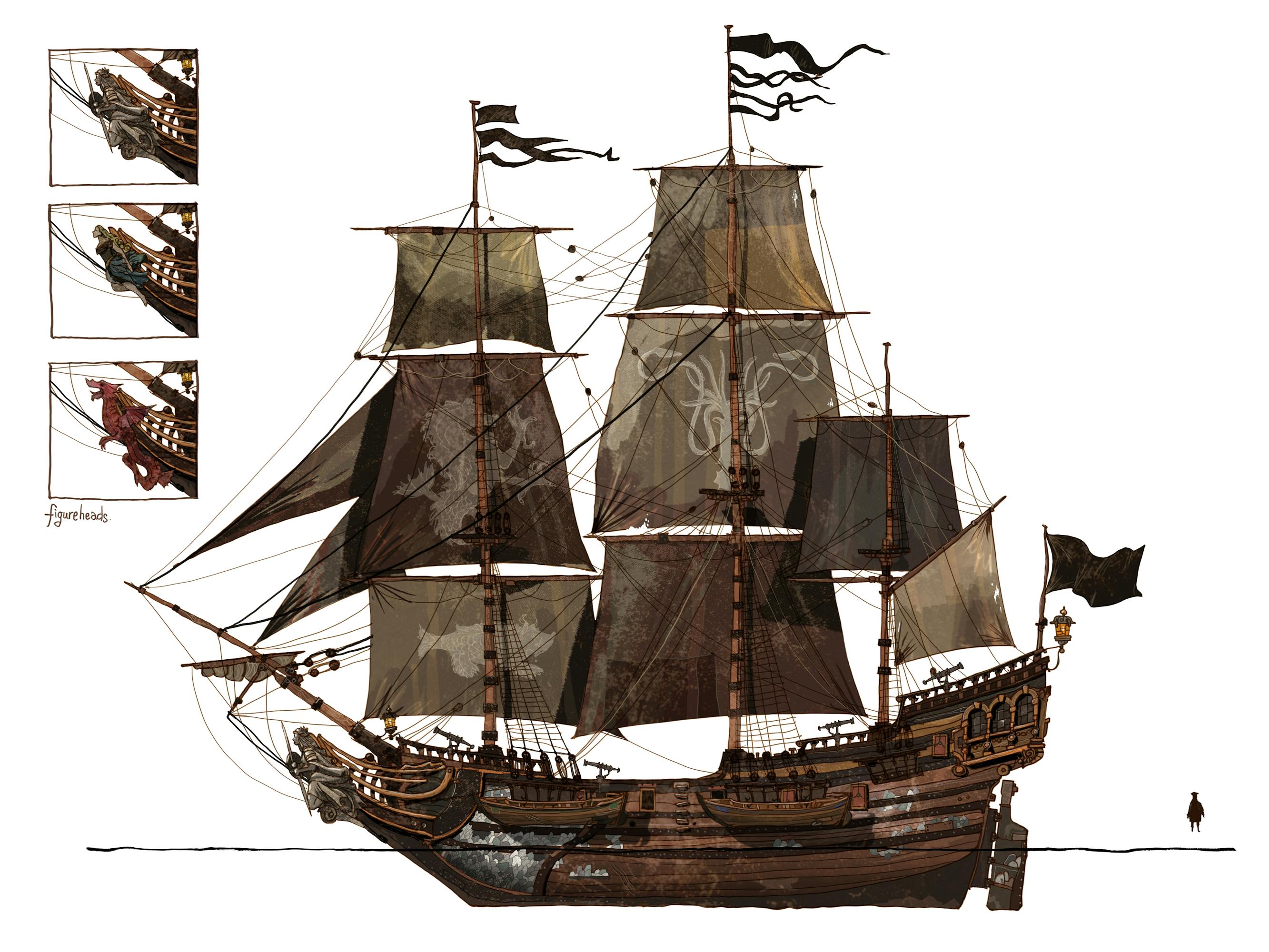
Developmental sketch of the Inevitable
If the beasts are one pillar holding up The Sea Beast, the other is the ship hunting them — the Inevitable. Since we spend a fair amount of time on the ship, it was important that the Inevitable felt real. Master and Commander was an obvious reference point, and the team even brought on historical ship consultant Gordon Laco to ensure authenticity. “We wanted to make a movie where people who know and care about ships could tell we did the research,” Williams said. “And then people who don’t necessarily know a lot about ships would still feel the attention to detail.”
Not only was the Inevitable faithful to real-world ships, but Laco suggested some changes so it made sense for hunting sea beasts, which led to exchanging the fixed cannons found in old ships for smaller swivel guns mounted on the deck, surrounding the ship with spikes, and creating a platform on the ship that archers and lancers could stand on because they would be very effective against monsters.
MOVING PICTURES AND WATER, TONS OF WATER
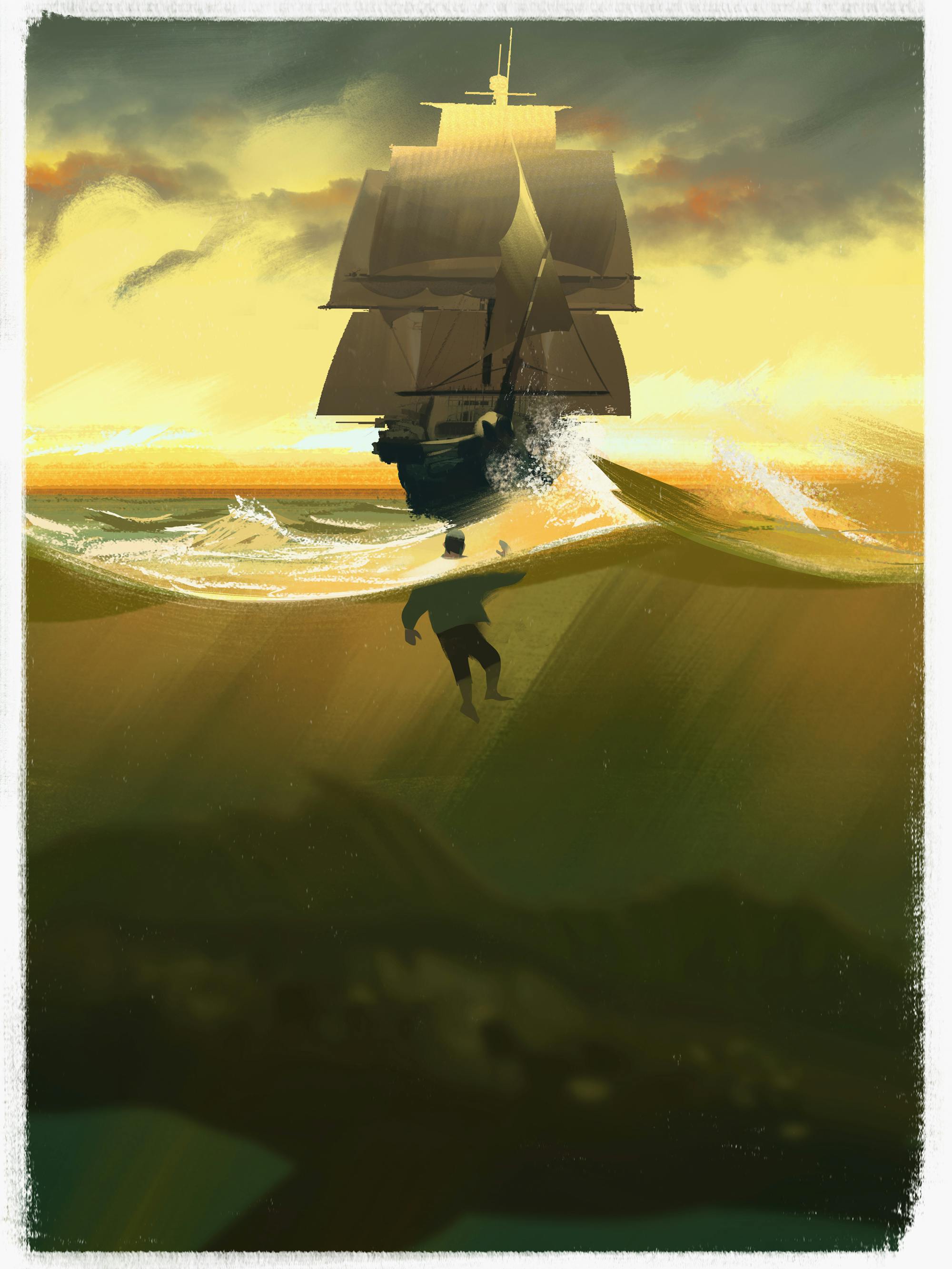
The Inevitable sets off into the setting sun with Jacob Holland bopping alongside in the water.
One way to make the film feel grounded and immersive was to make sure the camera acted as if the film was shot practically. “Just because the camera can do anything in animation, doesn’t mean it should,” Williams told us. The animators operated the virtual camera with the same limitations as a live-action film.
The team also managed to replicate the movements of a camera at sea, rolling with the tide and reacting to sea beast splashes with a tool that was created wherein the animators would finish a scene, then it would go through a pass on the computer that would automatically have characters and even the camera counterbalancing as if on a real boat. No matter where on the boat the camera is, there’s a feeling it is still out in the water. “Without realizing it, you feel that subtle movement and that was really important to me,” Williams said.
Capturing movement on the water is just part of it; from the sea itself to the constant rain and more, there was a lot of water to deal with in The Sea Beast. Williams explained that huge amounts of water displaced with the movement of the beasts would at times have to be toned down or dialed up so as not to overwhelm the rest of the scene. “It is that hybrid between the artistry and the technology, because some of it is simulation, but they are also making artistic choices.”
A SWASHBUCKLING ADVENTURE WITH A MESSAGE
Like any good blockbuster, especially one with plenty of fight scenes and narrow escapes, The Sea Beast needed big set pieces. Williams was inspired by the works of George Miller (Mad Max): “There’s so much energy in his action scenes, but at the same time there’s clarity and you know where everybody is.”
But the film is more than its high-seas battles, it is also a poignant exploration of anti-imperialism and the way history can be manipulated to further agendas. The Sea Beast evolved from a story about Jacob returning a stolen baby, to one about enemies becoming friends on an island, to ultimately becoming the two-handed journey of a hunter and a young girl who find common ground with each other and with Red, one very loyal sea beast. “Maisie became so central to the story,” Williams said. “The dynamic between her and Jacob brought so much to the film.”
By Maisie’s big speech at the end of the film, which talks about breaking the cycle of violence, everything clicks. Says Williams, “I knew when we looked at Zaris-Angel Hator’s performance that we had a movie and we had something deep and resonant.”
